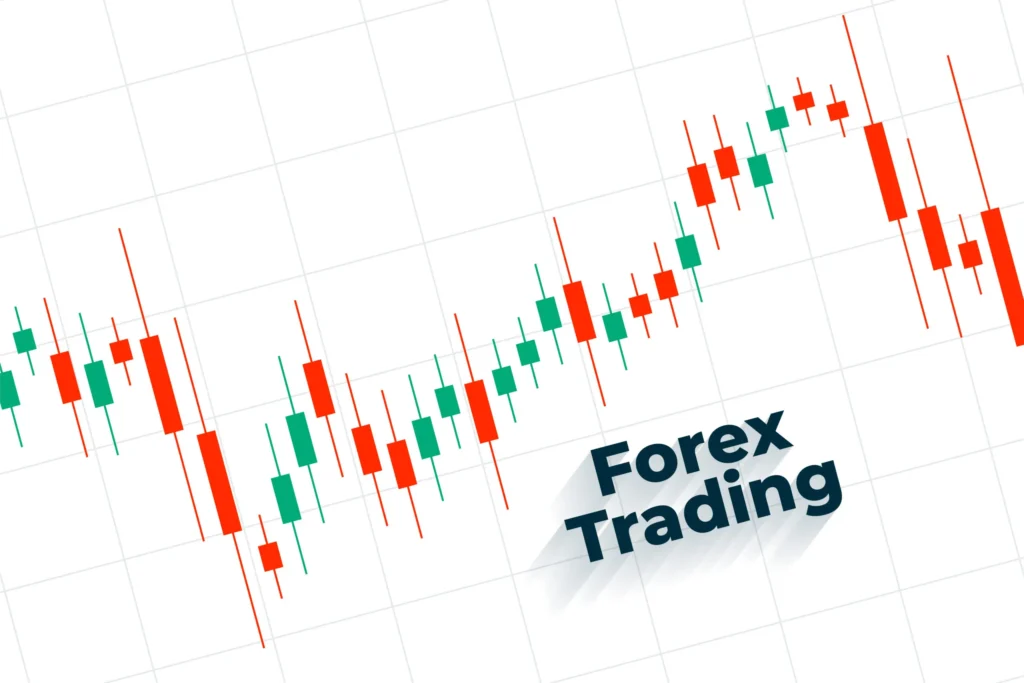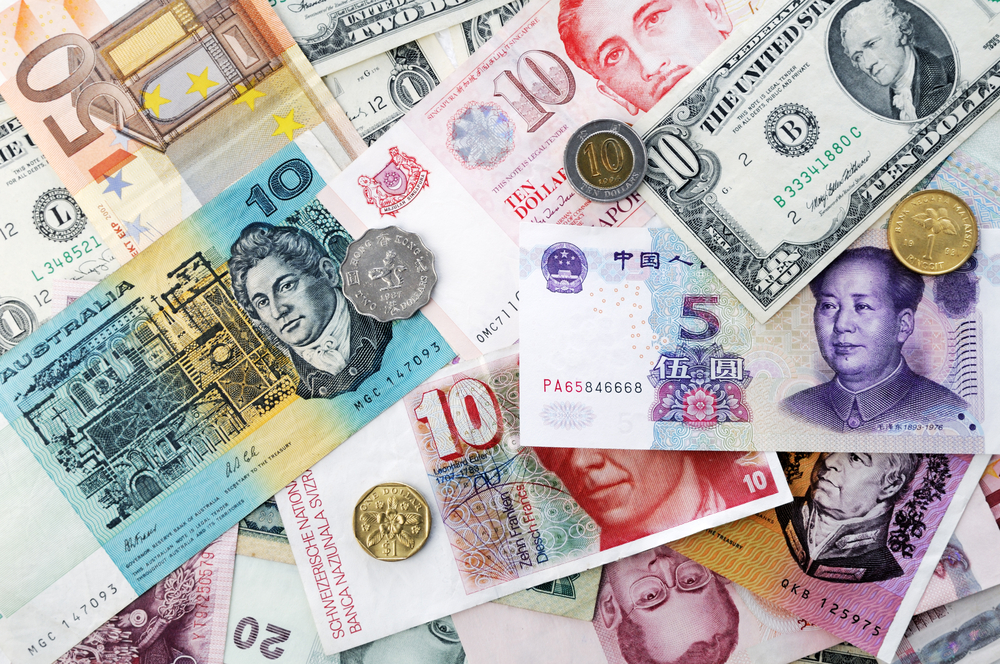Nepal Rastra Bank (NRB) has released the official foreign exchange rates for today, setting the benchmark for currency trading across the country. According to the rates determined by the central bank, the buying rate for one U.S. Dollar stands at NPR 136.43, while the selling rate is NPR 137.03. This adjustment reflects the ongoing fluctuations in the global foreign exchange market and provides a reference point for banks, businesses, and individuals involved in international transactions.
In the European currency segment, the Euro has been fixed at a buying rate of NPR 155.05 and a selling rate of NPR 155.73. Similarly, the British Pound Sterling is being traded at NPR 181.66 for buying and NPR 182.46 for selling. The Swiss Franc, another key currency in global finance, has its buying rate set at NPR 164.80 and selling rate at NPR 165.53.

The central bank has also announced updated rates for other major international currencies. The Australian Dollar is available at NPR 87.26 for buying and NPR 87.64 for selling, whereas the Canadian Dollar’s rates are NPR 98.46 and NPR 98.89 respectively. For the Singapore Dollar, the buying rate has been determined at NPR 103.73, with the selling rate at NPR 104.19. These rates are critical for those engaged in trade, tourism, remittance, and other international business dealings.
Among Asian currencies, the Japanese Yen quoted per 10 units is trading at NPR 9.49 for buying and NPR 9.54 for selling. The Chinese Yuan, increasingly influential in Nepal’s trade activities, has been fixed at NPR 18.72 for buying and NPR 18.80 for selling. The Saudi Arabian Riyal, which holds significance due to Nepal’s large migrant workforce in the Gulf region, is trading at NPR 36.37 for buying and NPR 36.53 for selling. Similarly, the Qatari Riyal has been set at NPR 37.42 for buying and NPR 37.59 for selling.
Other currency rates published by Nepal Rastra Bank include the Thai Baht, with a buying rate of NPR 4.07 and a selling rate of NPR 4.08, and the UAE Dirham, trading at NPR 37.14 for buying and NPR 37.31 for selling. The Malaysian Ringgit is listed at NPR 31.19 for buying and NPR 31.33 for selling. These rates play an important role in facilitating Nepal’s business and labor-related dealings with Southeast Asian countries.

Meanwhile, for the South Korean Won (100 units), the buying rate stands at NPR 9.49 and the selling rate at NPR 9.53. Among the Scandinavian currencies, the Swedish Krona is trading at NPR 14.09 for buying and NPR 14.15 for selling, while the Danish Krone is set at NPR 20.77 for buying and NPR 20.86 for selling. These rates reflect Nepal’s growing interaction with non-traditional trade partners as well.
The Nepal Rastra Bank has also fixed the buying and selling rates for several other widely traded currencies. The Hong Kong Dollar is quoted at NPR 17.59 for buying and NPR 17.66 for selling. Notably, the Kuwaiti Dinar, one of the highest-valued currencies globally, has a buying rate of NPR 444.90 and a selling rate of NPR 446.86. The Bahraini Dinar is listed with a buying rate of NPR 361.88 and a selling rate of NPR 363.47, and the Omani Riyal is trading at NPR 354.82 for buying and NPR 356.38 for selling.
For neighboring India, a country with deep economic and people-to-people ties with Nepal, the exchange rate for the Indian Rupee has been set at NPR 160.00 for buying 100 Indian Rupees and NPR 160.15 for selling. Given the extensive trade and daily transactions between Nepal and India, this rate remains highly significant for both businesses and individuals.

Nepal Rastra Bank has noted that these exchange rates are subject to revision at any time as per market needs. It has been clarified that the rates provided by commercial banks may differ slightly based on open market conditions. For the latest and most accurate rates, the central bank has advised citizens and businesses to refer to the updated information available on its official website.
By issuing daily foreign exchange rates, the Nepal Rastra Bank ensures transparency and provides a standardized basis for financial transactions involving foreign currencies. This practice helps stabilize market activities, protects consumers, and maintains the credibility of Nepal’s financial system. It is particularly important for Nepal’s economy, which heavily relies on remittance inflows, international trade, and tourism, all of which are closely linked with the global currency movements.
The new rates released today are expected to influence the pricing of imported goods, cost of foreign education, travel expenses, and remittance receipts in Nepal. As global economic conditions continue to fluctuate, the central bank’s role in monitoring and managing foreign exchange rates remains crucial for maintaining macroeconomic stability in the country.






